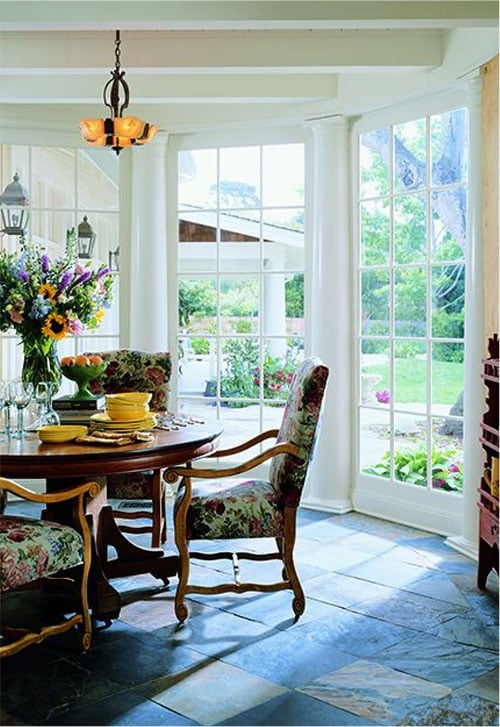📦Alexandria Showroom has moved to 1502 King St Unit 1A Alexandria VA 22314 📦
We are currently closed at============
.jpg)

Thank you everyone!
It was a pleasure working with you all and we really appreciate your efforts to make this go as smoothly as possible. When we ran into wood rot issues, Oscar was able to talk to the stucco installer and come up with a plan. I was grateful that you were able to avoid any delay by simply moving on to other windows/sliding glass door install – thank you for your efficient pivot!
When we decide to replace the remaining side and rear windows, we will surely return to you.
Thank you again.
Nathalie & Scott | Centreville 20120 | Essential Windows and ProVia Door
We are very pleased with our new windows - they transformed the look of our house were just as we imagined they would! We’re happy to act as a referral for future customers, please feel free to offer our address for a drive by and/or our email addresses to potential clients.
Susan | Falls Church 22043 | Infinity Windows
Everything looks great! We are so pleased with the process from start to finish. A big thank you to you and Richard for working with our schedules, we really appreciate it!!
Stephanie | West Springfield 22152 | Infinity Windows
We absolutely love our new doors. Thank you so much!
It was worth the wait. Randy did an amazing job. We are thrilled.
John | Arlington 22207 | Barn Bypass Door
I want to let you know that the door installation Randy did was amazing.
Not to take anything away from Steve and crew on the windows, but Randy really did such an excellent job. It looks beautiful and we couldn’t be happier.
Thank you for everything. We have been asked by several neighbors for your contact so hopefully more biz coming your way!
Juliana | Alexandria 22314 | Marvin Ultimate Patio Door, Windows and Simpson Entry Door
Excellent service and professional installation. We are super happy with our replacement windows, doors and hardware.
Parinaz | Great Falls 22066 | Marvin Windows and Doors
We recently had two doors replaced. We were very pleased with everything from working with Denise and Randy to the installation. Both were so professional.
Lucy | Arlington VA 22207 | Marvin French Door
We are writing to express our thanks for the excellent experience we had - one again - with Window and Door Showplace in the recent installation of our dining room windows.
From start to finish, your personnel excelled. Wojciech, with whom we first worked in 2013 for a large remodel window project, gave us insightful guidance on window choices. Jose and Jorge, the installation team, were professional, hardworking, courteous, respectful and careful of our home, efficient and diligent in finishing on time, and thorough in every aspect of the job inside and outside the house
Bruce and Amy | Fairfax Station VA 22039 | Marvin Elevate Windows
Thank you for the outstanding customer service and professional installation services that we received. We LOVE our new Marvin windows and could not be happier with the entire process and professionalism that we received.
We will be in touch when we are ready for phase 2 of our window replacement project.
Jenny | Fairfax Station 22039 | Marvin Windows and Doors
Brian was so very patient to guide me through the selection process. The installation by Randy was excellent.
I love my new entry and have received many compliments from neighbors. I will recommend Window and Door Showplace to all my friends.
Sarah | McLean, VA 22107 | Jeld-Wen Front Entry Door Aurora

Window and Door Showplace’s mission is to provide customer valued solutions using high-quality products and workmanship. We succeed at this because of the integrity of our staff and installation crews, our commitment to a solid work ethic, and our passion for staying current with the newest products and innovations of our industry, along with historical knowledge.
Our pride and personal involvement in the work we perform results in superior quality and service. This attitude is also directly reflected in our employees’ level of responsibility, professionalism and competency. Surpassing expectations will build long-term relationships which is the heart of Window and Door Showplace

At Window and Door Showplace, we recognize that renovating your home is a significant commitment, which is why we are a trusted, insured, and independent business. Our expertise in the replacement window and door field spans over seven decades, and we provide the industry's finest quality replacement windows and doors. We also offer financing options for your convenience. Contact us at 703-736-9600 to arrange a virtual estimate, a complimentary in-home consultation, or to plan a visit to one of our showrooms.
![]() 703-780-7800
703-780-7800
1502 King St.
Alexandria, VA 22314
Store Hours
Mon - Fri 8am - 5pm
Sat - 10am - 4pm
Sun - Closed
![]() 703-506-3650
703-506-3650
6832 Old Dominion Dr.
McLean, VA 22101
Store Hours
Mon - Fri 8am - 5pm
Sat - 10am - 4pm
Sun - Closed
![]() 703-736-9600
703-736-9600
44845 Falcon Pl. #191
Sterling, VA 20166
Store Hours
Mon - Fri 8am - 5pm
Sat - Closed
Sun - Closed